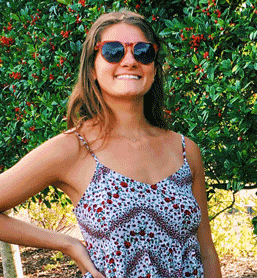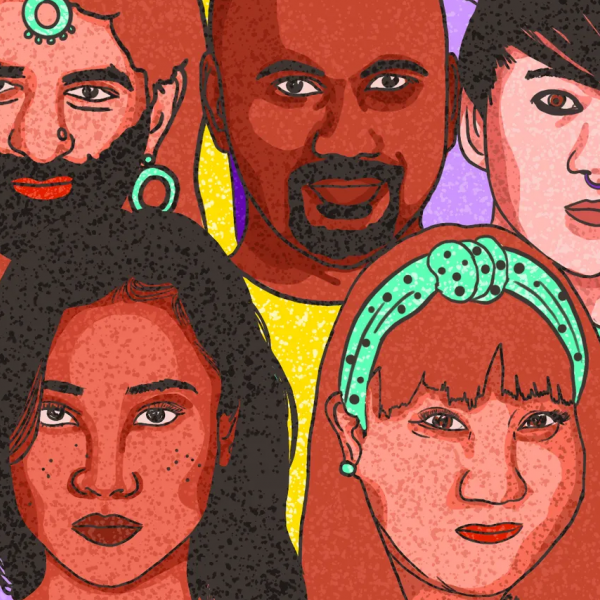For three weeks, I lived in a lovely hostel with my twelve classmates who were diverse in race, gender, age (such as a few graduate students), and major (even premed!). We spent our days visiting the city’s eclectic, passionate residents, including urban planners, techies, artists, anarchists, farmers, and community workers. I appreciated the intimacy and comfort within our class as we voiced our reactions and made meaning of these nuanced interactions. At night, we explored our hostel’s neighborhood, screened films depicting Portland’s artistic, grungy character, and reflected on our perceptions of the role of creativity in American society.
I also cultivated especially meaningful relationships with my curious, supportive classmates. I had no idea how much I would learn about myself as a citizen and AMCS scholar from them, as well as from my intelligent, encouraging professors and the fascinating Portlanders we met. The course was as much about studying Portland’s problematic creative class, culture, and economy as it was about uncovering the complicated, intertwined relationships between the processes of creation and destruction, making and unmaking, and the virtual and actual in American culture.
I left On Location with not only a new perspective on how different identities occupy space in society and the urban built environment, but also a desire to more fully unpack the politics of visibility and creativity in Portland. My mind constantly wandered to one specific day, when we volunteered at a community service event called creative placemaking, at which we painted a community mural on a street intersection. The event was wrought with physical and implicit boundaries of race and socioeconomic statues that I yearned to further examine through a lens critical of the relationship between creativity and gentrification.
The course and my professors—not to mention the invaluable lessons that my other AMCS courses, professors, and peers have taught me—ultimately inspired me to pursue my AMCS thesis about this experience. And in true AMCS fashion, my project defies the typical blueprint of an academic thesis: I will be creating a website on which I journalistically narrate the competing claims to space at the street intersection, analyze the violent, unintended effects of creative placemaking there, and incorporate visual analysis of the neighborhood through an interactive map.
Beyond providing inspiration for my thesis, On Location strengthened my passion for American Culture Studies and appreciation for its caring community of intellectuals. The class also further encouraged me to learn from my peers and explore my interests in creative, analytical formats that adhere to my personal values and desire to be an inquisitive, engaged citizen and student.





